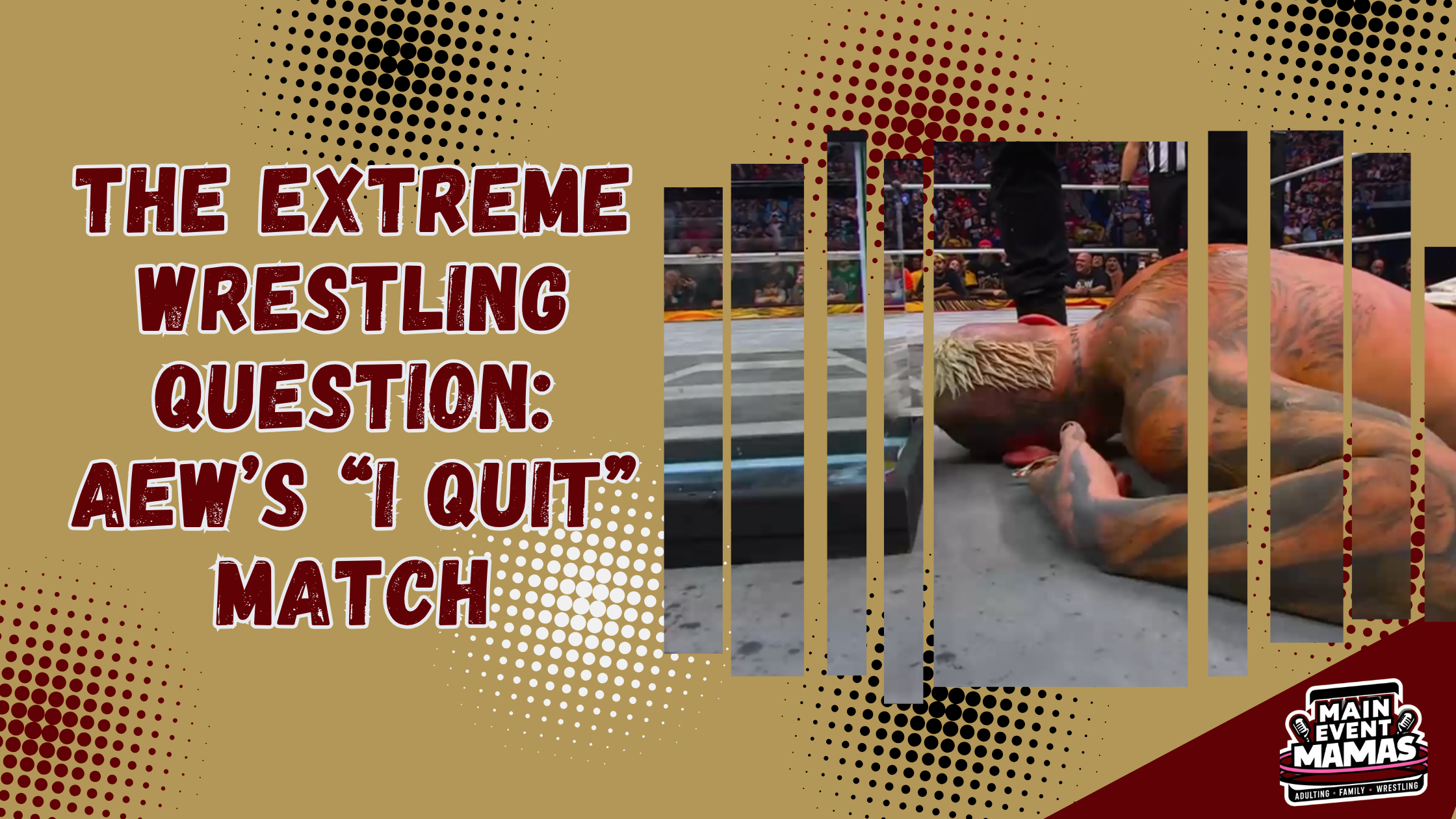The Extreme Wrestling Question: AEW’s “I Quit” Match—It’s Up to You

The huge debate around the recent AEW "I Quit" match between Jon Moxley and Darby Allin is nothing new. Every time wrestling gets too rough, the same fight breaks out.
This match—with its skewers, a taser, and the shocking spot where Moxley and his group seemed to "waterboard" Darby Allin in a tank of water pushed things past the limit for many people. It’s a perfect example of the big question in wrestling: Where do we draw the line, and whose job is it to draw it?
The Fight on Social Media: Stock vs. Huber
The argument went viral after former AEW producer Sarah Stock spoke out strongly:
Sarah Stock’s Side: She called on parents to act, saying, "You know who should stop this? Mothers. With their remote control. This is worse than the plastic bag over the head. Kids are going to end up dead trying this stuff at home."
Amanda Huber, a well-known AEW figure and the wife of the late Brodie Lee, immediately fired back, calling out what she saw as hypocrisy:
Amanda Huber’s Reply: She pointed to a violent move from Stock’s own past career: "This was midnight on a ppv. Meanwhile when you were working you choked another woman out with a belt. Where was the outrage over kids trying that? And you wanna quote tweet a video of me talking about kids grief to defend you being a hypocrite?! [frick] all the wayoff."
This exchange shows the problem: People often forget the rough stuff from the past when they complain about the rough stuff happening right now.
Wrestling Has Always Been Extreme
To understand today's fight, you have to look back. Wrestling has always been about pushing limits for the sake of the story.
- Ric Flair and the Blood: For years, wrestlers like Ric Flair would intentionally cut their own foreheads—a technique called "blading"—to bleed a lot. His face, often covered in blood, showed the audience how desperate and tough the fight was. People argued about it then, but it was just a normal part of the show for that time.
- The Rise of Hardcore (Mick Foley): The wrestling of the 1990s, especially with stars like Mick Foley (as Cactus Jack), brought in real tables, barbed wire, and thumbtacks. Fans loved the intense stories told through the violence, but critics called it "garbage wrestling." The fans who bought tickets and pay-per-views were the ones who ultimately decided that style had a place.
- The "Too Real" Line: The difference with the water tank spot is the specific image. Unlike falling onto tacks, waterboarding is a known, real-world torture. This makes the spot move from being just "very violent" to being "too real," which causes a much deeper, more serious reaction from viewers.
The Viewer is the Boss
This leads to the main point: The final choice on what is acceptable is not up to the wrestling company; it's up to you, the person watching.
Wrestling is like a big movie studio that makes all kinds of films. AEW has comedies, action movies, dramas, and yes, sometimes they put out a scary horror movie. They aim for different audiences with different matches.
The real answer to the "too far" question lies in your hands:
- Parent Power: Sarah Stock is right that parents have the main job of deciding what their kids see. Wrestling is a staged fight between adults; it's not made for children. The ability to switch the channel is your most powerful tool.
- The Adult Choice: If you’re an adult and you don't like the extreme violence, you don't have to watch. If you pay money for the event, you are essentially voting for that style of content.
- This Kind of Wrestling is Not For Everyone. This is the key. There is no rule that says every fan must love every match. If you prefer the technical wrestling of other performers over the shocking brawls of Moxley, that’s perfectly fine. You can choose to support the parts of wrestling you enjoy and skip the parts you don't.
An Unsolvable Problem, A Necessary Conversation
Was the extreme violence justified by the story? For the fans who like this intense style, yes, it fit the story. It was the big, shocking end the feud was built on.
Did they go too far? For many viewers, yes, the use of a real-world torture image was a step too far.
The debate will never truly end because the "line" is always moving. But remember, the ultimate referee in this fight is you, the viewer. Your choice to watch or turn away is the final vote on whether the company's decisions were justified.
The remote control is the final and most powerful vote.


